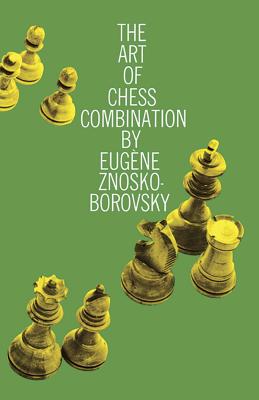
A sumptuous compendium of Alexander Calder's chess works, with ephemera and archival materials
This handsome volume celebrates Alexander Calder's fascination with the game of chess. It comprises two parts: the first features scholarly and experimental texts exploring such topics as Calder's relationship with Marcel Duchamp (who was famously obsessed with chess) and his involvement in the 1944 exhibition The Imagery of Chess at Julien Levy Gallery. Archival documentation, ephemera and reproductions of Calder's chess sets--including photographs of each chess piece and related works on paper--are also featured. The second part of the book presents The Knightmares Portfolio, an approximation of an unrealized publication conceived in 1944 but never published. It comprises 46 chess drawings by Calder inscribed with titles, alternate titles and puns by Duchamp, Mary Reynolds and Calder.
Alexander Calder (1898-1976) settled in Paris in the late 1920s, and soon found himself at the center of the city's artistic avant-garde. There, he developed his seminal Cirque Calder, a performance artwork comprising dozens of miniature handmade objects, and a group of standalone figurative works in wire. In 1930, Calder shifted towards abstraction with his invention of the mobile--an abstract sculpture made of independent parts that incorporate natural or mechanical movement. Calder would continue to explore the possibilities of this visual language for the rest of his career, though eventually shifting to monumental constructions and public works.






